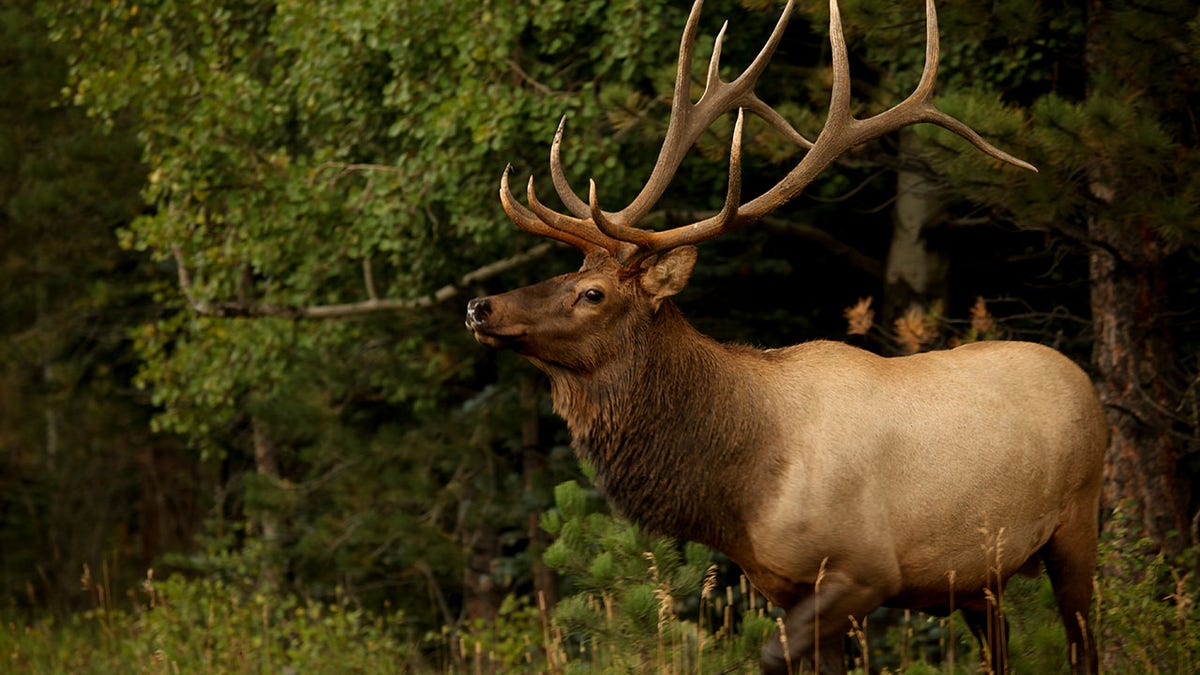An Arizona woman has died a week after an elk apparently trampled her at her home in what wildlife officials believe is the first fatal elk attack in the state’s history.
The woman’s husband found her on the ground in the backyard of their house in the Pine Lake community in the Hualapai Mountains, about 15 miles southeast of Kingman, around 6 p.m. Oct. 26, the Arizona Game and Fish Department said Tuesday.
The husband called 911 and paramedics rushed his wife to the Kingman Regional Medical Center before she was transferred to Sunrise Hospital in Las Vegas. The woman was put into a medically induced coma due to the extent of her injuries.
The woman, whose name was not released, died on Friday, eight days after the elk encounter, wildlife officials said. The Clark County Medical Examiner’s office ruled her death an accident.
CALIFORNIA SWIMMER SAYS ‘AGGRESSIVE’ OTTERS BIT HIM A DOZEN TIMES: ‘THEY WANTED TO KILL ME’
Wildlife officials said a bucket of spilled corn and elk tracks were found in the couple’s yard. (George Rose/Getty Images, File)
Wildlife officials said that though there were no witnesses to the attack, the woman’s husband said her injuries were consistent with being trampled by an elk and he found a bucket of spilled corn in the yard. Officials also noticed multiple elk tracks in the couple’s yard.
Following the attack, wildlife officials posted notices on doors in the neighborhood advising residents not to approach or feed elk. Additional notices and two roadside warning signs were posted after the woman died of her injuries.

Wildlife officials warned residents not to approach or feed wild elk. (Peter Zenkl/VWPics/Universal Images Group via Getty Images, File)
While wildlife officials believe this was the first fatal elk attack in Arizona, they say there have been five reported elk attacks in the state in the past five years.
HUNGRY BEAR CAUGHT SCARFING DOWN LEFTOVER HALLOWEEN CANDY: ‘WITH THE WRAPPER?’
Feeding wildlife causes the wild animals to become habituated to humans and is one of the main reasons for conflict between the two, according to the agency.

Elk activity in the Hualapai Mountains community will continue to be monitored following the woman’s death, wildlife officials said. (iStock)
“Wildlife that are fed by people, or that get food sources from items such as unsecured garbage or pet food, lose their natural fear of humans and become dependent on unnatural food sources. Feeding puts at risk the person doing the feeding, their neighbors, and the wildlife itself.”
State wildlife officers will continue to monitor elk activity in the area.